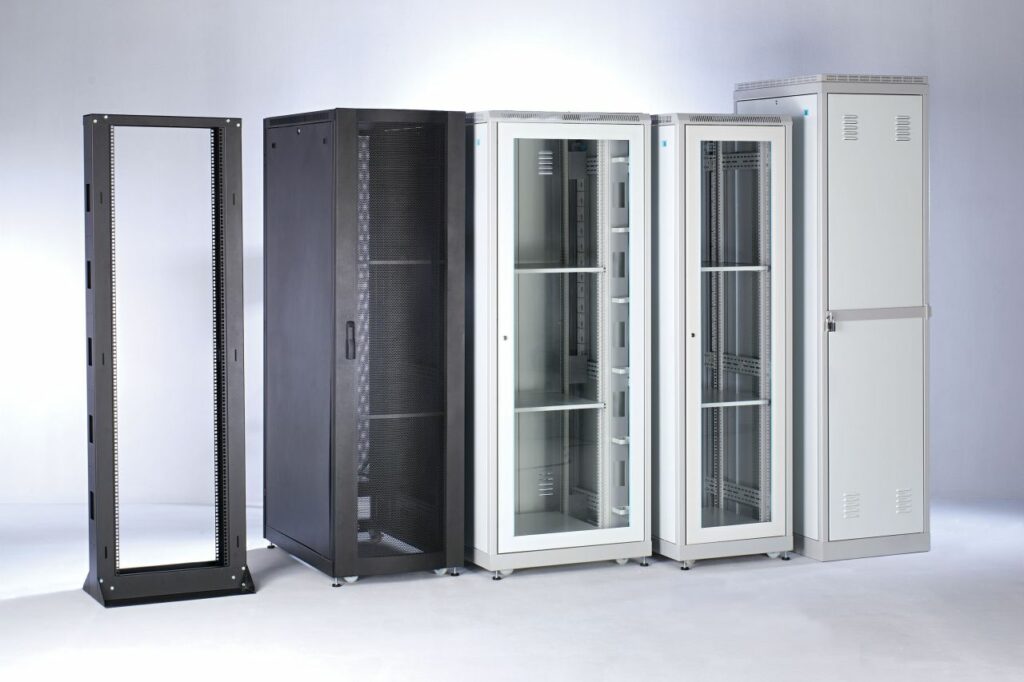Patch Panel: What it is and Why Do you need it?
In today’s world of constantly evolving technology, connectivity is crucial for businesses and individuals alike. Patch panels are a critical component of any network infrastructure, providing a centralized location for connecting and organizing network cables. In this article, we will explore what patch panels are, how they work, and why you need them in your network.
What is a Patch Panel?
A patch panel is a hardware device that acts as a hub for connecting multiple network cables. It provides a centralized location for organizing and managing the cables that run through a network. Patch panels come in various shapes and sizes, but they all serve the same basic function.
How Does a Patch Panel Work?
A patch panel typically has two sides: one for incoming cables and the other for outgoing cables. Incoming cables are plugged into the panel’s rear side, while outgoing cables are connected to the front side of the panel. Once the cables are connected, they are labeled with corresponding numbers or colors to ensure easy identification.
The patch panel functions as an intermediary between the network devices and the cables. When a network device is connected to a patch panel port, it is automatically connected to the corresponding cable. The patch panel acts as a bridge, allowing for easy management and troubleshooting of network connectivity issues.
Why Do You Need a Patch Panel?
- Easy Cable Management
Patch panels provide a centralized location for connecting and organizing network cables. This makes it easier to manage and maintain network infrastructure, minimizing the risk of cable clutter and tangled wires.
- Flexibility
Patch panels offer flexibility in network configurations, allowing network administrators to quickly switch and reconfigure connections as needed. This is particularly useful in environments where network changes are frequent.
- Improved Network Performance
Patch panels can help improve network performance by reducing the number of cable connections between devices. This results in less signal attenuation and better overall network performance.
- Simplified Troubleshooting
When network issues arise, patch panels make it easier to identify and isolate the source of the problem. With organized and labeled cables, network administrators can quickly identify which cables are connected to which devices, simplifying the troubleshooting process.
- Scalability
Patch panels provide scalability, allowing for easy expansion of network infrastructure as needed. Additional cables can be easily connected to the patch panel, without the need for extensive reconfiguration of the entire network.
In conclusion, patch panels are a crucial component of any network infrastructure, providing a centralized location for connecting and organizing network cables. They offer a wide range of benefits, including easy cable management, flexibility, improved network performance, simplified troubleshooting, and scalability. If you are setting up a new network or upgrading an existing one, consider including a patch panel in your infrastructure for improved network connectivity and performance.

